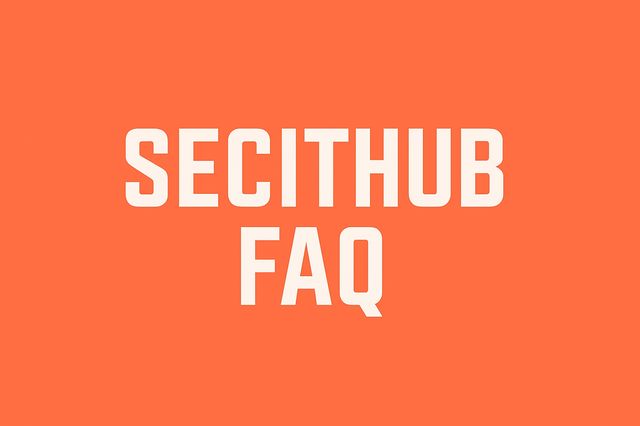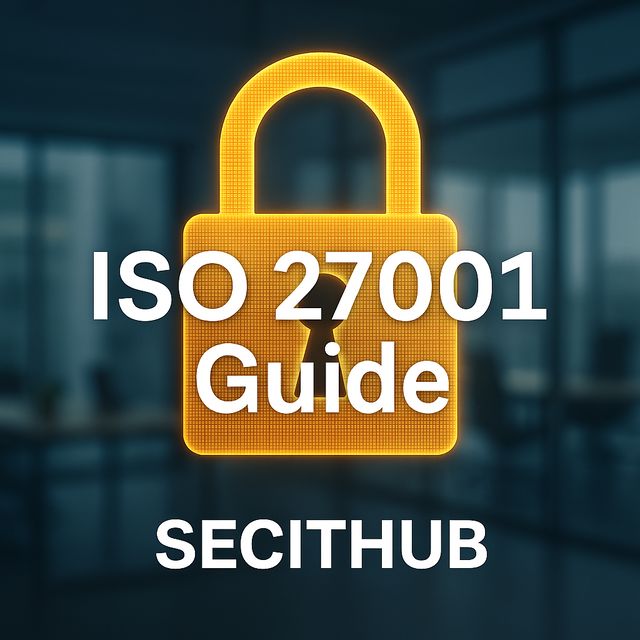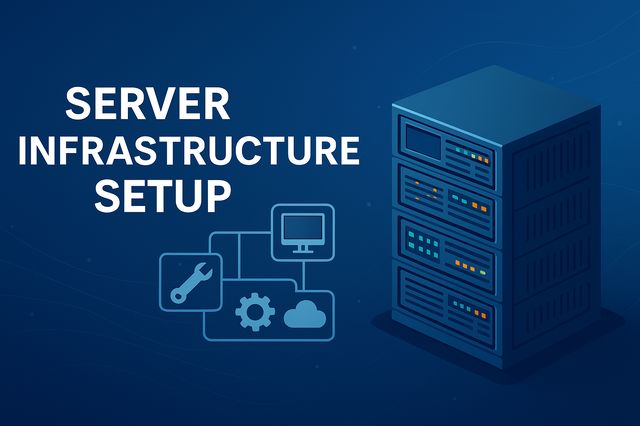The 2025 SECITHUB Firewall Ranking reveals how small and midsize businesses (SMBs) can select the best firewall for hybrid, cloud, and remote environments.
Modern firewalls combine AI-driven threat detection, Zero Trust Network Access (ZTNA), and SASE architecture to protect users and data across all edges.
Choosing the right solution Fortinet, Cisco Meraki, Sophos, Palo Alto, or WatchGuard means securing not just your network, but your business continuity in 2025 and beyond.
Why SMB Firewall Decisions Matter in 2025 | The Small Business Gateway Is Under Attack
In 2025, small and midsize businesses (SMBs) face relentless cyber threats.
More than 90% of breaches in small organizations begin with outdated or misconfigured firewalls.
Today’s firewall isn’t just a traffic filter it’s an intelligent Next-Generation Firewall (NGFW) leveraging AI, behavioral analytics, and Zero Trust Network Access (ZTNA) principles to secure users and devices across hybrid networks.
As SMBs expand into cloud environments and remote work, attackers are evolving faster. AI-driven hacking campaigns target weak perimeters, automated credential stuffing, and neglected network edges.
The result? A weak firewall isn’t just a vulnerability it’s an open door.
Purpose of this Report:
This report delivers the SECITHUB SMB Firewall Ranking 2025 a research-driven comparison that helps SMBs select a firewall combining security, scalability, and simplicity.

The Evolution of NGFW | SASE, ZTNA, and Cloud Firewalls | The New SMB Security Landscape
According to Gartner Peer Insights, the SMB firewall market is undergoing a major transformation.
We’re shifting from on-prem “iron boxes” to cloud-native, mesh-based firewalls that secure users wherever they connect.
Three dominant forces define 2025:
SASE (Secure Access Service Edge): Consolidates NGFW, CASB, SWG, and Zero Trust capabilities into a single cloud service.
ZTNA (Zero Trust Network Access): Replaces legacy VPNs with identity-based, context-aware authentication.
Cloud Management: SMBs demand centralized visibility and policy control from a SaaS console rather than complex on-prem hardware.
The leaders driving this evolution Fortinet, Cisco, Palo Alto Networks, Sophos, and Check Point now offer enterprise-grade features tailored to SMB affordability.For SMBs, the winning firewall is accessible, scalable, and affordable, not just powerful.
SECITHUB Methodology | How We Built the SMB Firewall Ranking
To ensure impartiality and credibility, SECITHUB developed a Composite Scoring Framework that combines real-world data, expert reviews, and cost-performance analysis.
Data Sources:
Gartner Peer Insights and Market Overview reports
Meter SMB Firewall Reviews
Vendor documentation and customer case studies
Feedback from IT managers across SMBs in multiple industries
Evaluation Criteria:
Security Strength (Weight 30%) — IPS accuracy, SSL inspection, real-time threat intelligence.
Ease of Management (Weight 25%) — Cloud dashboard, automation, and configuration simplicity.
Scalability (Weight 15%) — Multi-branch expansion, hybrid compatibility.
Integration (Weight 10%) — Support for Azure AD, Intune, JumpCloud, and identity-based security.
Total Cost of Ownership (Weight 10%) — Hardware, licensing, and long-term renewals.
Support & Updates (Weight 10%) — SLA quality and patch velocity.
The final SECITHUB Composite Score prioritizes Security and Ease of Management the key drivers of SMB resilience.
The 2025 SMB Firewall Ranking

Fortinet FortiGate NGFW — Best Overall Firewall for SMBs
Exceptional performance, AI-driven FortiGuard threat detection, and cloud visibility through FortiCloud make it the best all-around solution. Ideal for hybrid offices and Zero Trust integration.
Cisco Meraki MX Series — Best for Cloud Management
Meraki’s plug-and-play model simplifies deployment and remote monitoring. Integrated with Cisco Umbrella, it’s built for distributed teams and non-technical IT staff.
Sophos XGS Series — Best for AI-Driven Security
Combines deep learning threat analysis and endpoint synchronization under Sophos Central. Perfect for compliance-sensitive SMBs seeking advanced inspection.
Palo Alto Networks PA-400 — Best for Multi-Site SMBs
Enterprise-level protection scaled down. Its unified management and strong application visibility make it ideal for multi-branch environments.
SonicWall TZ Series — Best Budget Choice
Affordable, reliable, and proven. Strong VPN capabilities and simple configuration for smaller networks with basic security needs.
WatchGuard Firebox T Series Best for Remote Access
Compact and effective. Cloud-managed VPN, policy automation, and excellent logging make it great for remote teams.
The SMB Firewall Buyer’s Framework for 2025
Performance & Capacity
Choose based on throughput under load, not just “user count.”
Modern NGFWs perform SSL decryption and threat analysis both require significant CPU resources.
Always pick a model rated 30% above your maximum bandwidth.
Security & Visibility
A next-gen firewall must include IPS, Application Control, DNS Filtering, and SSL Decryption.
Cloud-based visibility platforms (FortiAnalyzer, Sophos Central, Meraki Dashboard) are a must for proactive defense.
Integration & Identity-Based Access
Ensure full support for Azure AD, Intune, and ZTNA.
Remote access should always require MFA.
Total Cost of Ownership (TCO)
Factor in licenses, renewals, and support costs over three years — not just the device price.
Bundles like “Total Protect” or “FortiCare” simplify management and reduce cost.
Support & Updates
Fast patch cycles are vital. Vendors with 24/7 SLA and automated updates (Fortinet, Sophos) ensure long-term reliability.
Common Mistakes SMBs Make When Choosing a Firewall
The Price Trap: Choosing solely on cost results in hidden expenses from downtime to ransomware recovery.
Ignoring Cloud Management: Firewalls without SaaS control panels are outdated.
Default Settings Disaster: Never use default rules; harden your configuration.
No Backup Plan: Always maintain off-site configuration backups and a recovery plan.
“A firewall is only as strong as its policy.
SECITHUB Recommendations by Business Size
Small Offices (≤50 users): Fortinet FortiGate 40F or SonicWall TZ270
Midsize Firms (≤250 users): Sophos XGS 136 or Cisco Meraki MX84
Multi-Branch SMBs: Palo Alto PA-440 or WatchGuard T45
Cloud-Native Organizations: Cloudflare One or FortiSASE
Each recommendation aligns with scalability, budget, and Zero Trust readiness.
The Future of Perimeter Security | From Device to FWaaS
By 2026, the “physical firewall” will be replaced by cloud-delivered security.
FWaaS (Firewall-as-a-Service) allows full protection without local hardware extending security to every endpoint.Integrated with SASE and ZTNA, FWaaS eliminates complexity, provides instant scalability, and reduces TCO for SMBs.
This is the new reality of perimeter defense flexible, automated, and identity-driven.

Security as a Business Advantage
Your firewall isn’t just a gatekeeper it’s your business continuity insurance.
In 2025, a modern, intelligently selected firewall defines how fast you can recover, scale, and stay compliant.
The solutions in this guide deliver enterprise-grade protection within SMB budgets no excuses, no blind spots.
“Your firewall isn’t just your gatekeeper it’s your uptime insurance.”
References
Secure Offices for Small Businesses – Fortinet
Small Business Firewall Guide – Palo Alto
Protect Your Web Applications With Cloudflare WAF – CloudFlare
AI-Powered Firewalls for SMBs and MSPs – CheckPoint

The top priority is security strength look for NGFWs that include IPS, SSL inspection, DNS filtering, and AI-based threat detection.
SMBs should also evaluate ease of management via cloud dashboards like FortiCloud, Meraki, or Sophos Central.
Because modern networks are hybrid, spanning on-prem, remote, and cloud.
Legacy “iron box” firewalls can’t protect distributed users.
Solutions like SASE and Firewall-as-a-Service (FWaaS) now deliver full protection via the cloud.
Fortinet FortiGate – Best Overall (AI-powered + scalable)
Cisco Meraki MX – Best Cloud Management
Sophos XGS – Best for AI-driven security
Palo Alto PA-400 – Best for multi-site control
SonicWall TZ – Best budget firewall
WatchGuard Firebox T – Best remote access solution
Check throughput under load, not just “user count.”
A good rule: choose a model 30% above your current maximum bandwidth to allow SSL decryption and advanced inspection without slowdown.
Choosing based solely on price
Ignoring cloud management features
Using default rules and credentials
Skipping firmware updates and backups
Each of these creates gaps that attackers exploit especially in SMB environments.
By 2026, most SMBs will migrate to FWaaS (Firewall-as-a-Service) and SASE platforms.
These cloud-native models deliver enterprise-level security with automatic scalability, centralized control, and lower TCO the new standard for Zero Trust perimeter defense.


